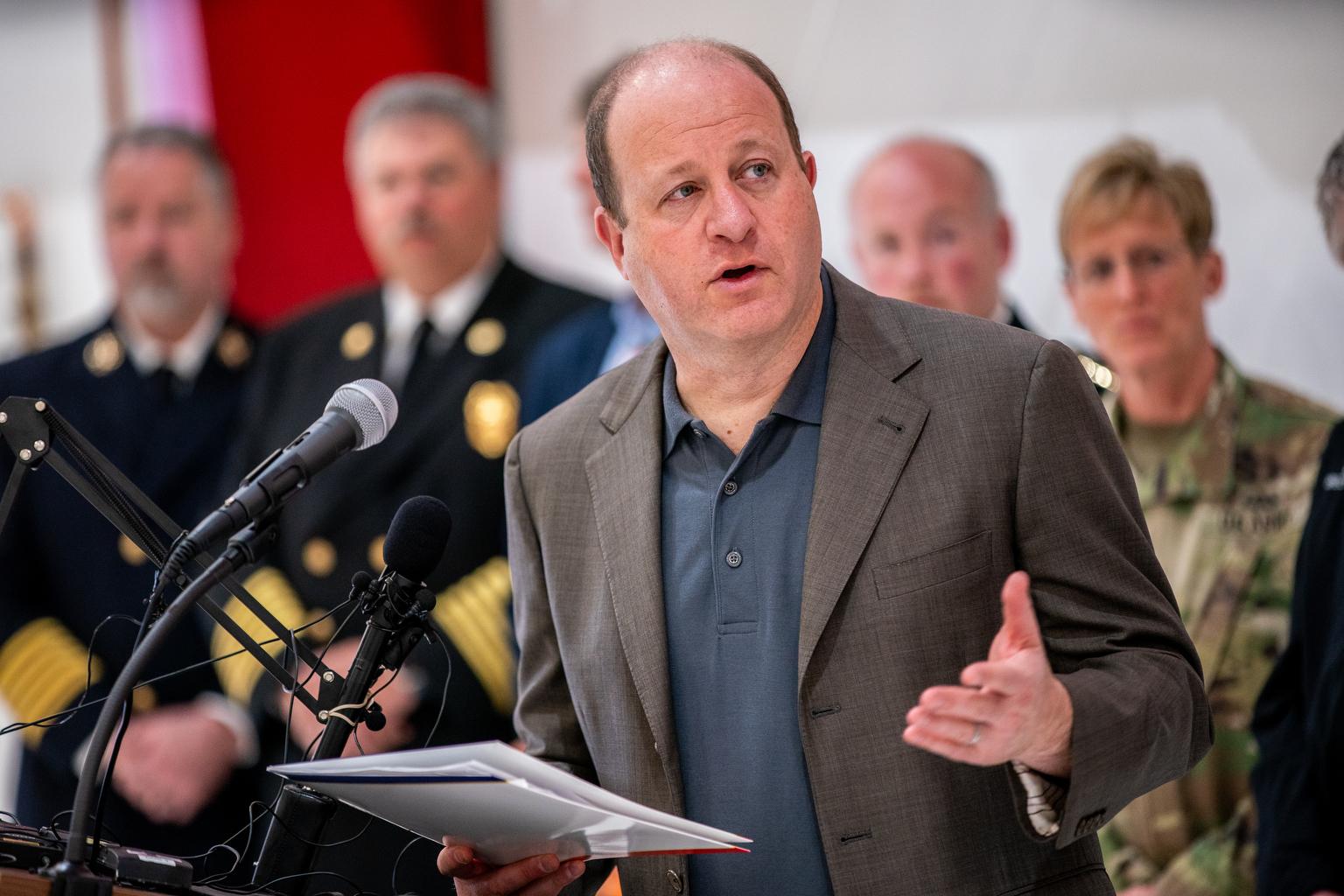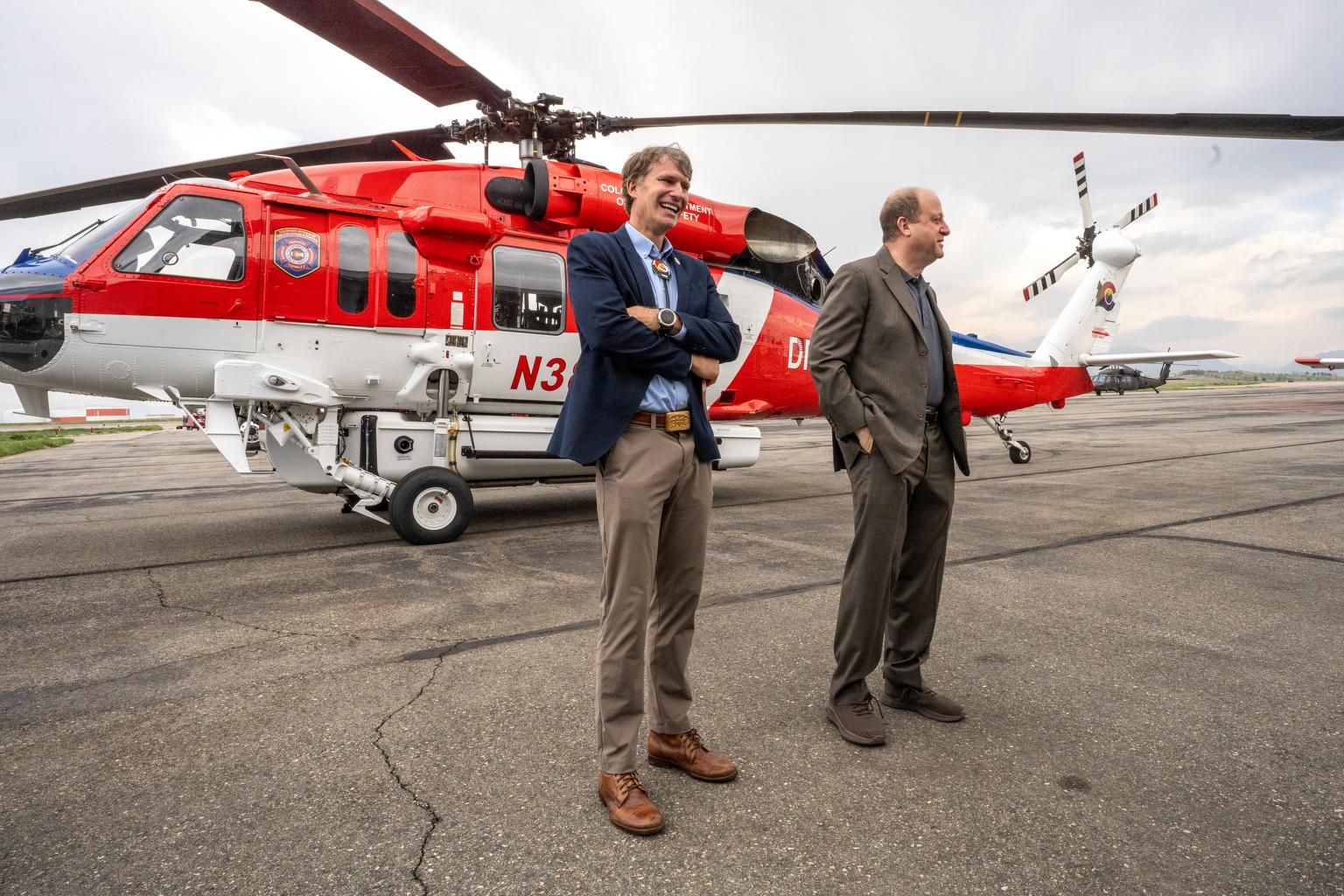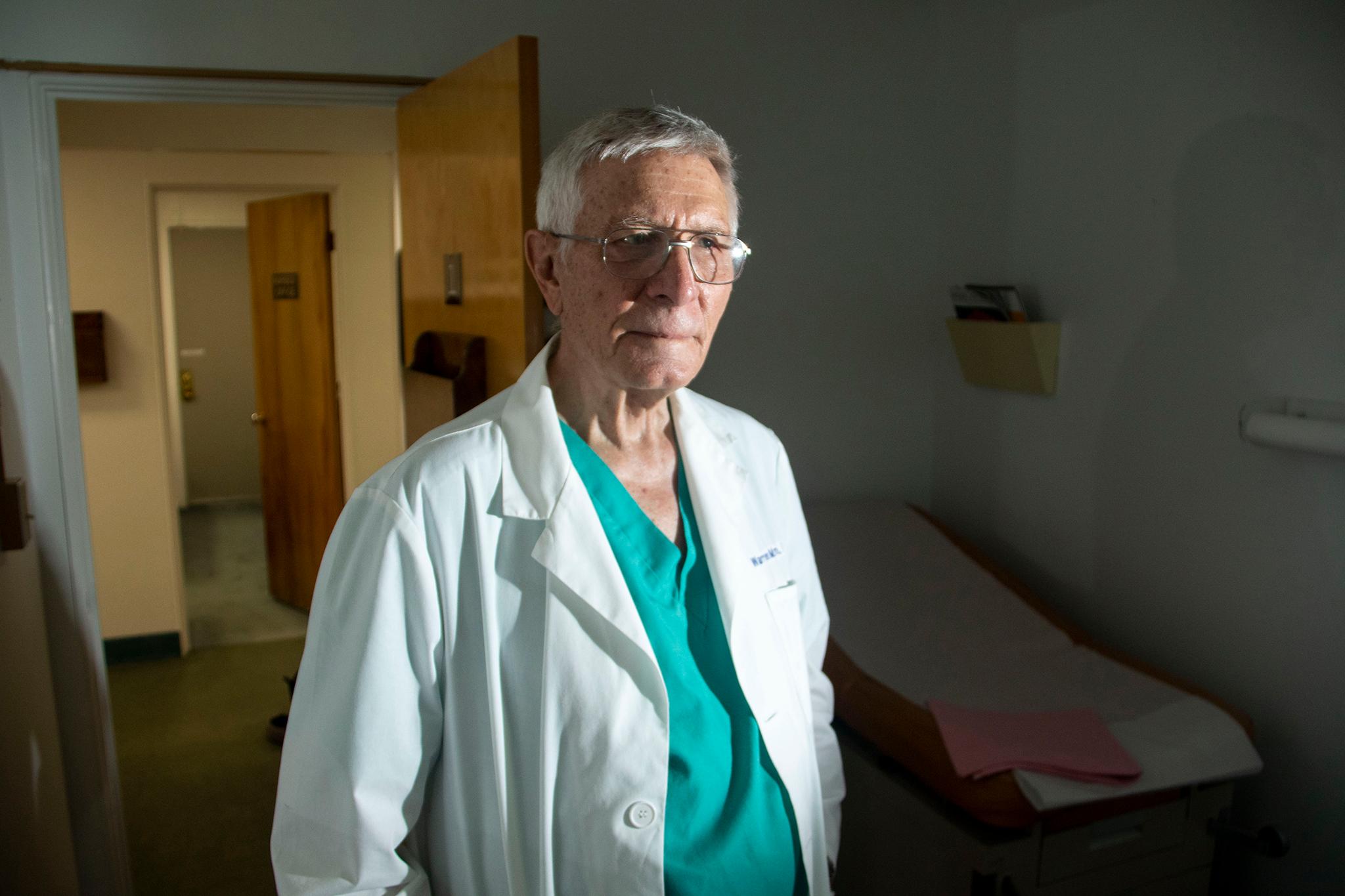
In 2014, news outlets began reporting on the emergence of a mysterious, polio-like illness, with the epicenter in Colorado.
Lydia Pilarowski, who was 6 at the time, came down with it. Her symptoms started with a persistent fever, cough and lethargy.
“At the time it felt like something was off, but I just couldn't quite figure out what wasn't quite right,” said her mom, Sarah Lacey. They went to Lydia’s doctor, who ordered chest X-rays and lab work. Nothing showed up.
Lydia’s fever and lethargy eased, “but I started to notice that she wasn't using her left arm,” including while riding her bike, Sarah said.
Sarah is a pediatrician, and she said she was trying to convince herself she wasn’t seeing what she was seeing. There were more tests, including with a neurologist, who asked, “‘You did vaccinate her for polio, right?’ I said, ‘Yes, she was vaccinated for polio.’ ”
But she said nerve studies confirmed “there was something going on that looked like polio.”
The illness turned out to be acute flaccid myelitis, AFM, a polio-like neurological condition causing muscle weakness and paralysis in children. Colorado recorded 39 cases in the last decade.
Researchers and physicians at Children’s Hospital Colorado, where Lydia’s family brought her seeking help, were the first to link AFM to a respiratory virus called enterovirus D68 (EV-D68).
After Lydia got sick, she was hospitalized for a few days at Children’s Colorado, one of its first patients with the condition, and has since focused mainly on occupational and physical therapy.
“To this day I still have significant weakness in my arm as well as breathing issues with diaphragm weakness,” Lydia said.
Learning to adapt
We talked in an exam room at the hospital, where a team has helped her for years now. Her left arm still has weakness and nerve pain, and with her mom’s help, she showed me it’s clearly shorter than the right. “You can see the tremor. It's shaking, my hand likes to shake,” she said.

The condition makes it hard to do some things like grip a handle. “As a skier that's definitely hard. Sometimes my hand will get so cold that it's a struggle to zip my jacket, things like that,” Lydia said.
Lydia, now 16, has figured out how to adapt to the loss of function in her left arm. But that hasn’t stopped her from training and competing in alpine skiing, often wearing a sling. Still, she said that’s not the biggest challenge, instead it’s how some people treat her. “I've had to deal with a lot of bullying, people being rude, like invasive and unprompted questions,” Lydia said.
Her doctor, Kevin Messacar, an infectious disease specialist at Children’s Colorado, said she’s come a long way since the early days, when physicians scrambled to understand the illness.
“There was a lot of fear that this could be very widespread in terms of transmission,” he said.
The transmission did travel widely across the nation, though fortunately severe cases are rare. Children’s Hospital Colorado became a key hub for research and treatment, he said.
“The miraculous part: Lydia and our other children have taught us so much about how to rebound functionally, how to strengthen the surrounding areas, how to get by in a way that works around their deficits,” Messacar said.
Messacar and a team of researchers has been closely following trends for EV-D68 and AFM for the last decade, at the same time taking care of patients who continue to be impacted by the condition.
Children with AFM “taught about how to rebound”
As experts watched the virus each year, they say that there was a consistent pattern, with EV-D68 being tied to AFM cases during the years 2014, 2016 and 2018.
The pandemic for some reason disrupted circulation of the virus. Since 2020, the pairing of EV-D68 circulation and AFM spikes has changed – and researchers are still working to sort out a reason.
Meantime, patients and providers carried on managing, despite treatment options still being limited.
“So in spite of the challenges they face, Lydia's really shown us what kids with this condition and now young adults can do,” Messacar said.
One of Lydia’s special contributions is helping others with neuro-immune conditions. “I do a lot of advocacy work,” she said. “I host support group meetings where I kind of build community with other patients.”
She’s motivated to keep focus on those with AFM. So is her mom. “What I really don't want is for these guys to get forgotten,” Sarah said.
Lydia agreed. “I am afraid every single day that we are going to lose the funding that is critical to the care of not just myself, but other patients, especially children.”
She hopes that federal money, which funds research and treatment, keeps flowing, so more can be learned about the condition.
- New FDA-approved sickle cell gene editing therapies offer hope for a pain-free life to patients – some living in Colorado
- From a ‘pickle smelling dog’ to a walk on at the Olympics, Children’s Hospital patients hear their stories become songs
- Miss Cummins goes to Washington: A Colorado teen’s journey into DC lobbying









